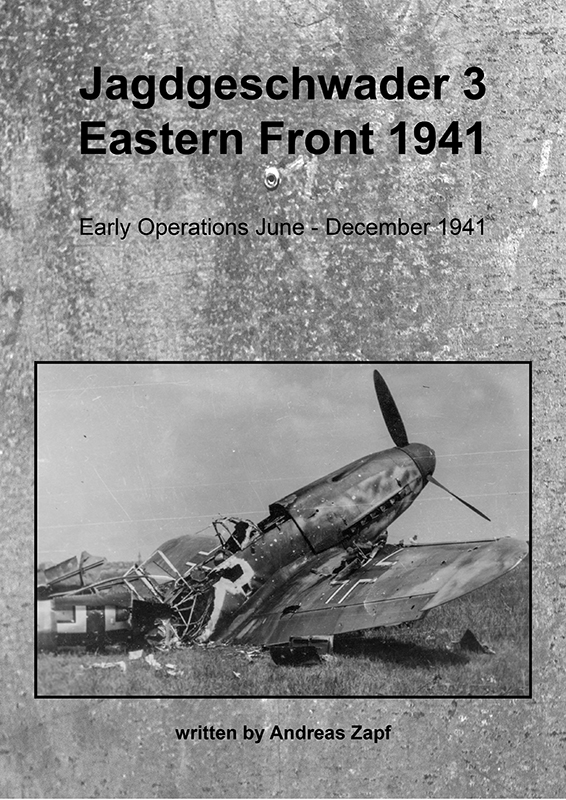The Geschwader
The Geschwader was the Luftwaffe’s largest organizational unit on a tactical level – it was the equivalent to the Wing in the United States Air Force or Royal Air Force. The Geschwader itself would be named according to its purpose: a Kampfgeschwader (bomber wing) would typically carry out bombing missions, ground support and – to a lesser extent – supply missions, a Jagdgeschwader (fighter wing) would be providing the home for the versatile fighter force.
Each Geschwader was assigned an Arabic number – for example Jagdgeschwader 52 (abbr. JG 52) or Kampfgeschwader 100 (abbr. KG 100) and – in many cases but not always – an additional title or nickname.
Each Geschwader had a special Stabsstaffel (see Staffel further down) which held the aircraft of the Wing Commander and his associated staff (typically four aircraft).
The Gruppen
A Geschwader was divided into Gruppen – independent units that might even end up in different theaters of war but usually where seen fighting together in a similar geographic area. The Gruppen received Roman numerals as designators – I, II, III and IV (and on some cases V and VI).
Combined with the Geschwaderdesignator, you would for example see II./JG 52 or I./KG 100. Like the Geschwader, each Gruppe had its own Stabsstaffel with the aircraft associated to the group commander and his staff – again, typically four aircraft.
The Staffeln
The Gruppen were organized in Staffeln, similar to the Squadron in the US Air Force. On paper, each Staffel consisted of 12 aircraft but that number was rarely reached, especially in the later years of the war.
Each Gruppe typically had three Staffeln, later in the war four. The Staffeln received consecutive Arabic numbers from 1..n, in the following pattern:
- I. Gruppe consisted of Staffel 1, 2, and 3,
- II. Gruppe consisted of Staffel 4, 5, and 6,
- III. Gruppe consisted of Staffel 7, 8, and 9
- and so on
If – as late as 1944 – the Gruppen had more than three Staffeln, the numbering would have changed accordingly…


